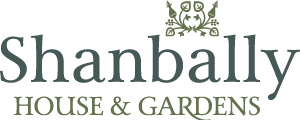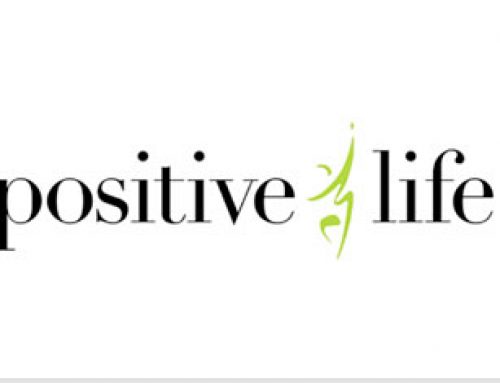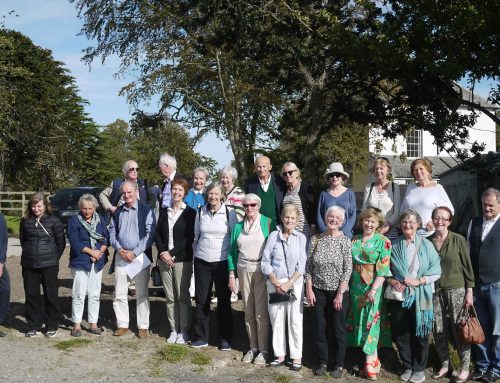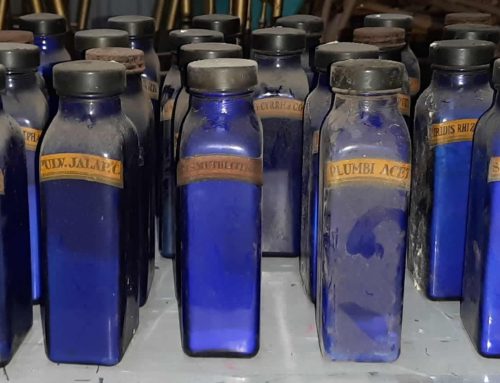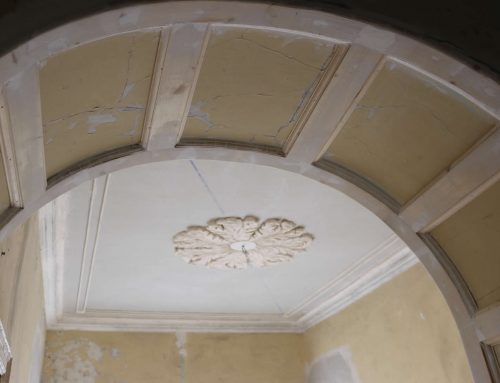Shanbally And Link To Healing
Let’s discover Shanbally’s link to healing. Firstly, we need to find out a little more about Shanbally House. Shanbally House and Estate, now owned by Noel and Bridget Duggan (née O’Meara), is located just four kilometres outside the village of Toomevara. Home to a monastery, established by St. Donan in the seventh century, the village was referred to as Tuaim Donain prior to its renaming in 1654. Derived from Tuaim Ní Meadra (tomb of the O’Meara’s), the village name indicates the prominence the O’Meara family had established in the locality since their arrival in the fourteenth century.
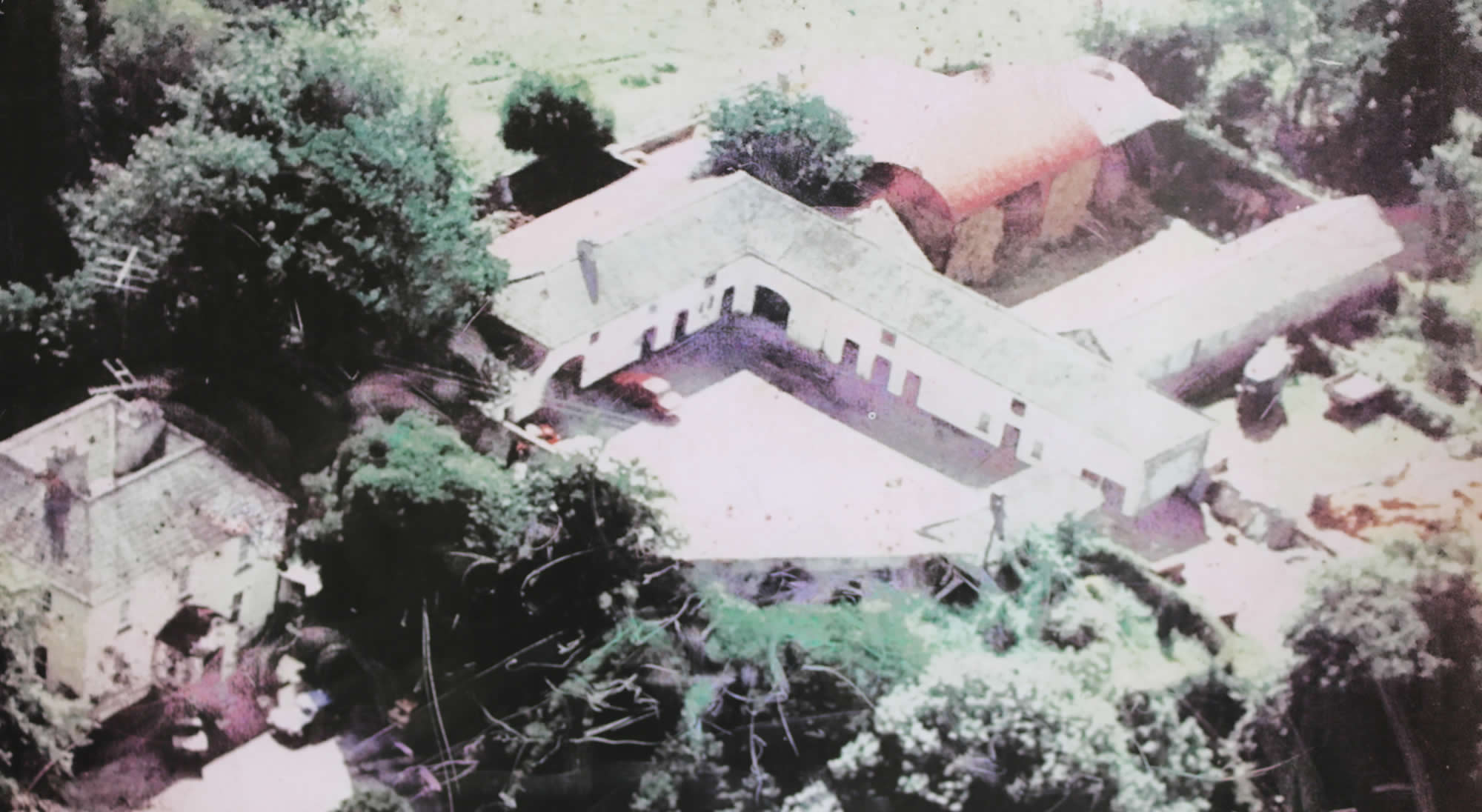
Practices Of Traditional Healing & Folk Medicine
A prominent ecclesiastical family, the O’Mearas made a move towards medicine during the 16th and 17th centuries. Dr. Dermot O’Meara, educated at Oxford, served as physician to the tenth Earl of Ormond before moving with his family to Kilkenny. This is where they became hereditary physicians to the Butlers.
Meanwhile, Dr. Barry Edward O’Meara is said to have lived for some years at Lissinisky House. This was before serving as personal physician to Napoleon Bonaparte during his exile on St. Helena. This was in the early part of the 19th century.
Further research into collections of National folklore reveals that Shanbally has long been associated with traditional and folk medicine. From a large collection of folklore compiled by schoolchildren in the 1930s, an account from the nearby Ballinree NS points to Shanbally as an epicentre for wellbeing.
“On the road to Toomevara between Lissinisky and Shanbally cross when travelling from Nenagh to Toomevara on the right hand side of the road stands a tree known locally as ‘The Watery Tree’… This water was supposed to cure many ailments.”
The author also makes reference to a holy well that was once located on the grounds. Today, the land is solely dedicated to the growth of medicinal herbs and plants. Over 200 acres of the old Lissinisky estate found at Shanbally have returned to the hands of their original owners.
Our ethos is rooted in cultivating the land. While, also utilising its natural medicinal properties in order to achieve the benefits of health through nature. We hope that the restoration of Shanbally House as a visitor Museum, with accommodation and plant-based Café, will once again continue Shanbally’s link to healing.
